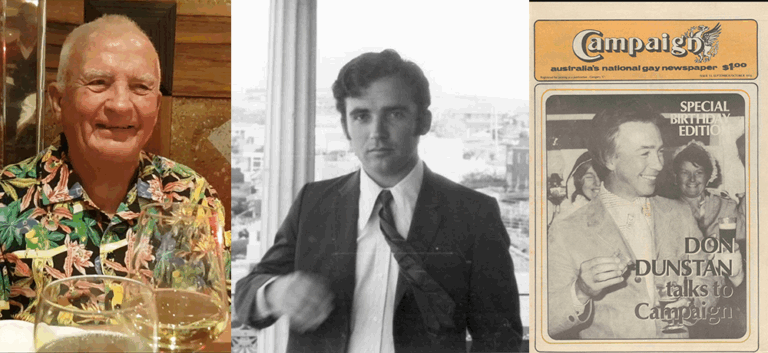
From The Archives: Is Outing Ever Justified?
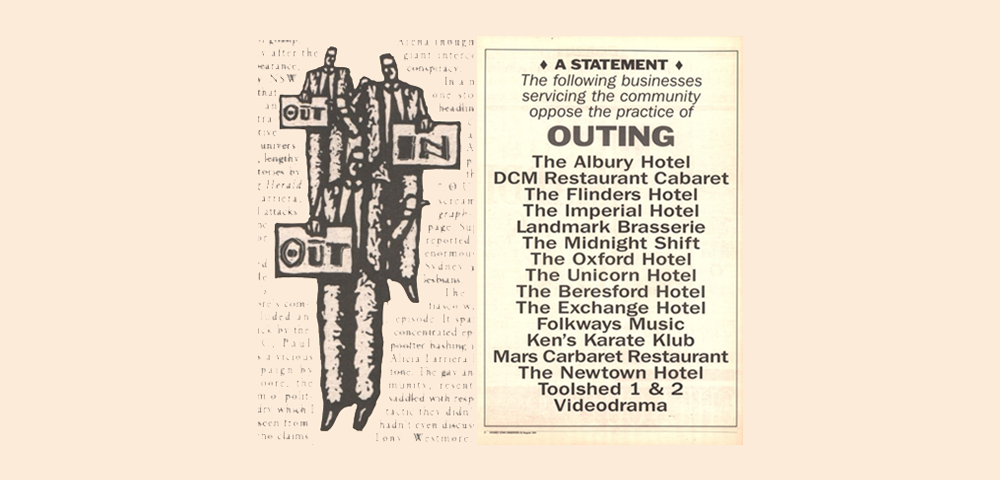
From Our Archives: 23 August, 1991
Subscribe to see the full pages from the Star Archives.
When someone left a pink painted wardrobe on the footpath outside NSW Parliament in June 1984 it was understood as a message for a closeted MP who voted against homosexual law reform.
But it wasn’t Australia’s first case of outing. Six years earlier, the Sydney Morning Herald published the names, addresses and occupations of 53 people arrested during the first Sydney Gay Mardi Gras.
The newspaper then named another 104 people who were arrested at post-Mardi Gras protests, and it published the addresses and occupations of those people as well. Many years later, the SMH apologised.
Often enough, mainstream media rarely thought twice about naming LGBTI citizens, despite the job losses, discrimination and harassment that followed.
When outing controversies erupted again in Sydney in 1991 and then in 1995, plenty of questions were asked. Did it matter who did the outing? Was disclosure ever justified? Were Jason Donovan, Jodie Foster, Tom Selleck, Whitney Houston ‘queer as fuck’, as some activists claimed?
Outing prompted much soul-searching for LGBTQI media. “Is Jodie Foster, who is refusing to reply to the activists’ claims, suddenly a role model?”, journalist Campion Decent asked in the Star Observer. (Absolutely queer? Star Observer, 9 August 1991).
“Of course not. She is seen to have been forced out of the closet. Nothing more. I hardly consider that a role model,” said Decent. “It is someone like Martina Navratilova who becomes a role model, not only because of her sporting achievements but because she is a self-revealed dyke.”
But what if closeted homosexuals legislate against LGBTQI people and make public comments that fuel homophobia?
“I say let’s drag them out of their closets for their families, constituents and audiences to see,” wrote Tony Westmore in a piece the Star commissioned to run opposite Campion Decent’s. (Fear and Loathing in 1991, Star Observer, 9 August 1991).
Later that month, posters appeared in Darlinghurst claiming that a NSW politician and a radio broadcaster were closeted homosexuals and “guilty of deceit and homo-hatred.”
Journalists from the Australian Broadcasting Corporation and the SMH were given to believe other politicians would be named.
The intense media speculation that followed was further inflamed when NSW Legislative Council member Franca Arena told a press conference she too would be targeted by activists who claimed she was homophobic and her sons were gay.
“OUTRAGE”, claimed the Sydney tabloids.
“Vicious gay campaign against Franca Arena”, claimed the SMH.
The mainstream media’s condemnation of outing was hypocritical, given that media’s history of naming LGBTQI people for the sake of a headline.
Others maintained outing was a necessary political act. As out member of US Congress, Barney Frank, put it: “There’s a right to privacy. But the right to privacy should not be a right to hypocrisy. And people who want to demonise other people shouldn’t then be able to go home and close the door and do it themselves.”
Among the extraordinary developments after Franca Arena’s press conference was a Star editorial which condemned outing in all but one circumstance:
“If the Star Observer had clear evidence that an active public homophobe was privately homosexual we would be tempted to publish the substantial facts. We recognise that such an action would have serious repercussions. Before we took such a step, we would under take a process of community consultation. And that is the only way it should happen.” (Outing Deserves Community Condemnation, Star Observer 23 August 1991, page 3).
Opposite that Star editorial, a full-page statement was placed by the Albury Hotel, the Flinders Hotel, Midnight Shift, the Oxford Hotel and 11 other gay businesses who opposed the practice of outing.

In the 1991 outing controversy, no-one was dragged out of the closet, no-one in Sydney promoted the practice of outing other than Tony Westmore (who went on holidays during the furore), no-one lost their job. But for all that, the outing fiasco was a formative episode for LGBTQI communities and their media.
“It sparked the most concentrated episode of media poofter bashing in years,” former Star editor Martyn Goddard wrote.
“The gay and lesbian community, resentful at being saddled with responsibility for a tactic they didn’t support and hadn’t even discussed, turned on Tony Westmore. The mood stopped short of lynching, but only just.” (Anatomy of an outing, Star Observer, 15 June 1995, pg 20.)
It didn’t take long for history to repeat.
Martyn Goddard’s ‘Anatomy of an outing’ was published in the Star after this newspaper published reports of NSW parliamentarian Tony Doyle’s death from an AIDS-related illness.
Outrage was again forcibly expressed by the SMH and others. But, as Goddard noted:
“If we cannot accurately and honestly remember people who have died, are we not surrendering more to this hateful epidemic than we need?”


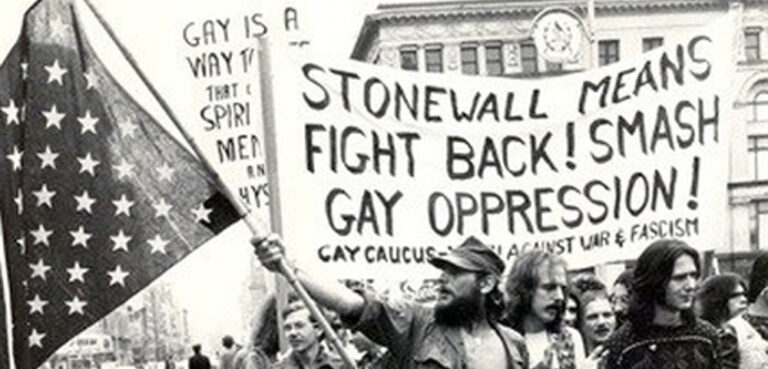
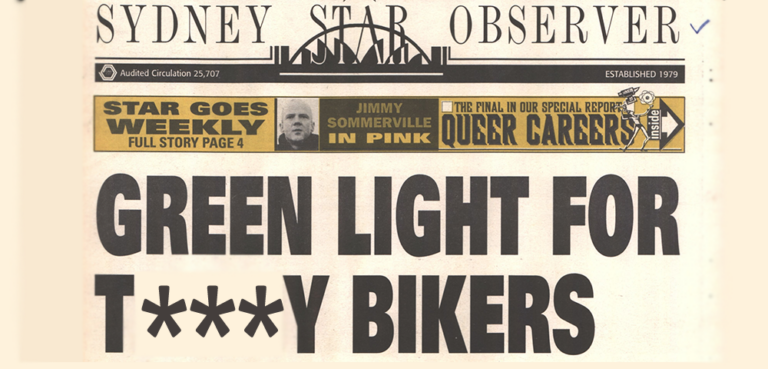
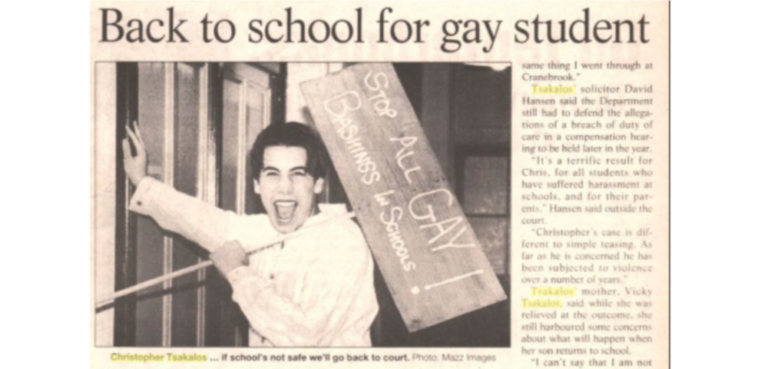
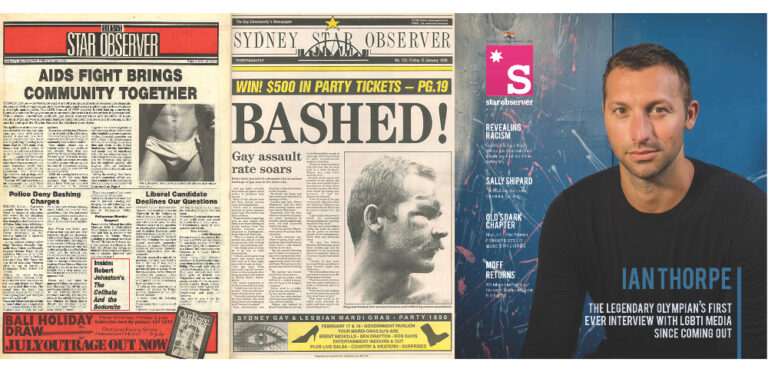
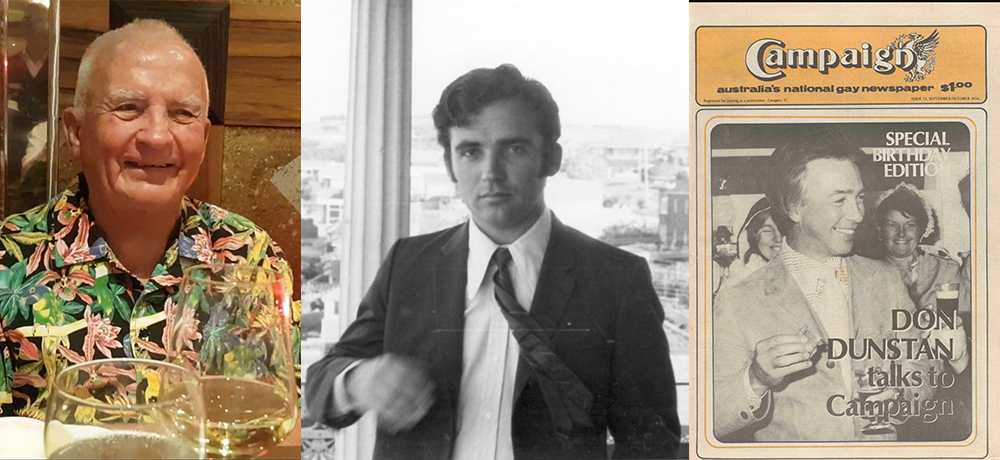

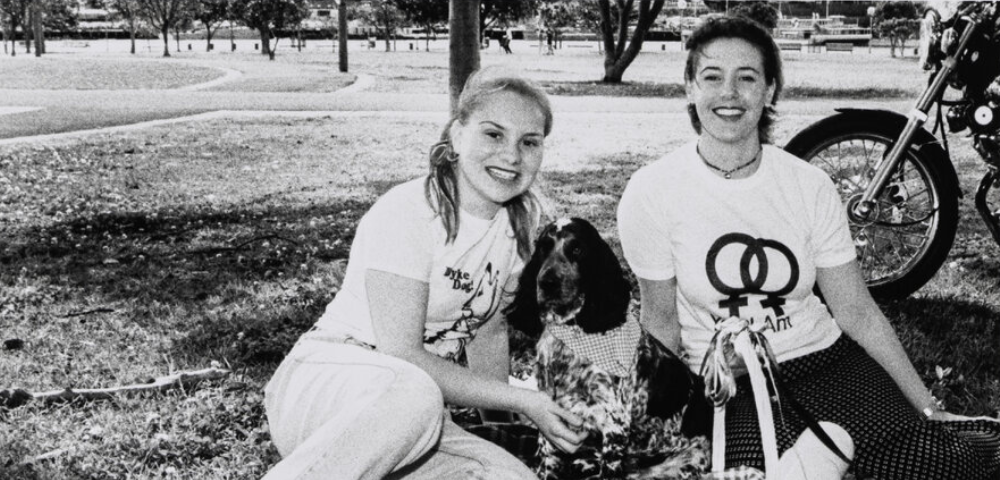
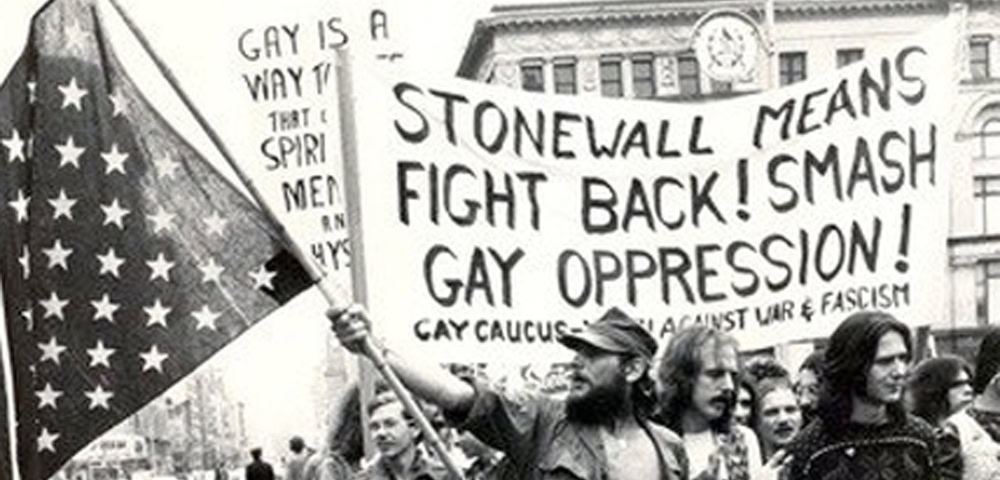
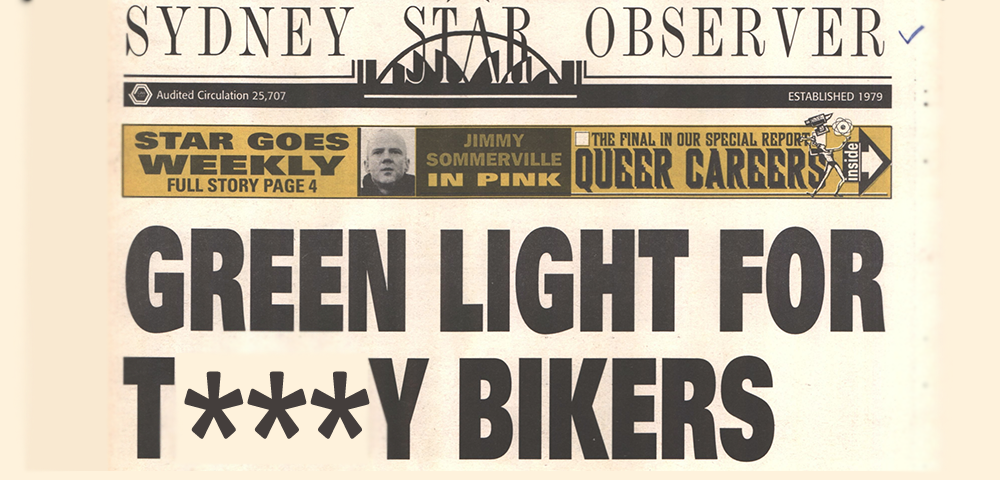
“It’s commendable that historical articles are being brought to light. Today’s younger generation may not fully grasp the trials and tribulations people faced in bygone eras. Life back then wasn’t always about lighthearted greetings like ‘Hello Darl’, glamorous events, or festive Mardi Gras parties. Instead, it was a time when revealing one’s true identity could lead to life-threatening situations, soul-crushing experiences, and even drive individuals to the brink of suicide.
These are the authentic narratives that warrant publication. They represent our history, a history that should never fade into oblivion. It’s crucial for these stories to be told and retold, to ensure that the struggles of those who came before us are not forgotten. These historical accounts serve as a stark reminder of the hardships endured by past generations, and they provide invaluable lessons for the present and future.
By publishing these articles, we are preserving our history and ensuring that the younger generation understands the significance of these past events. It’s essential to remember that our present society was shaped by these past struggles, and by acknowledging them, we can hope to continue building a more understanding and compassionate future.”